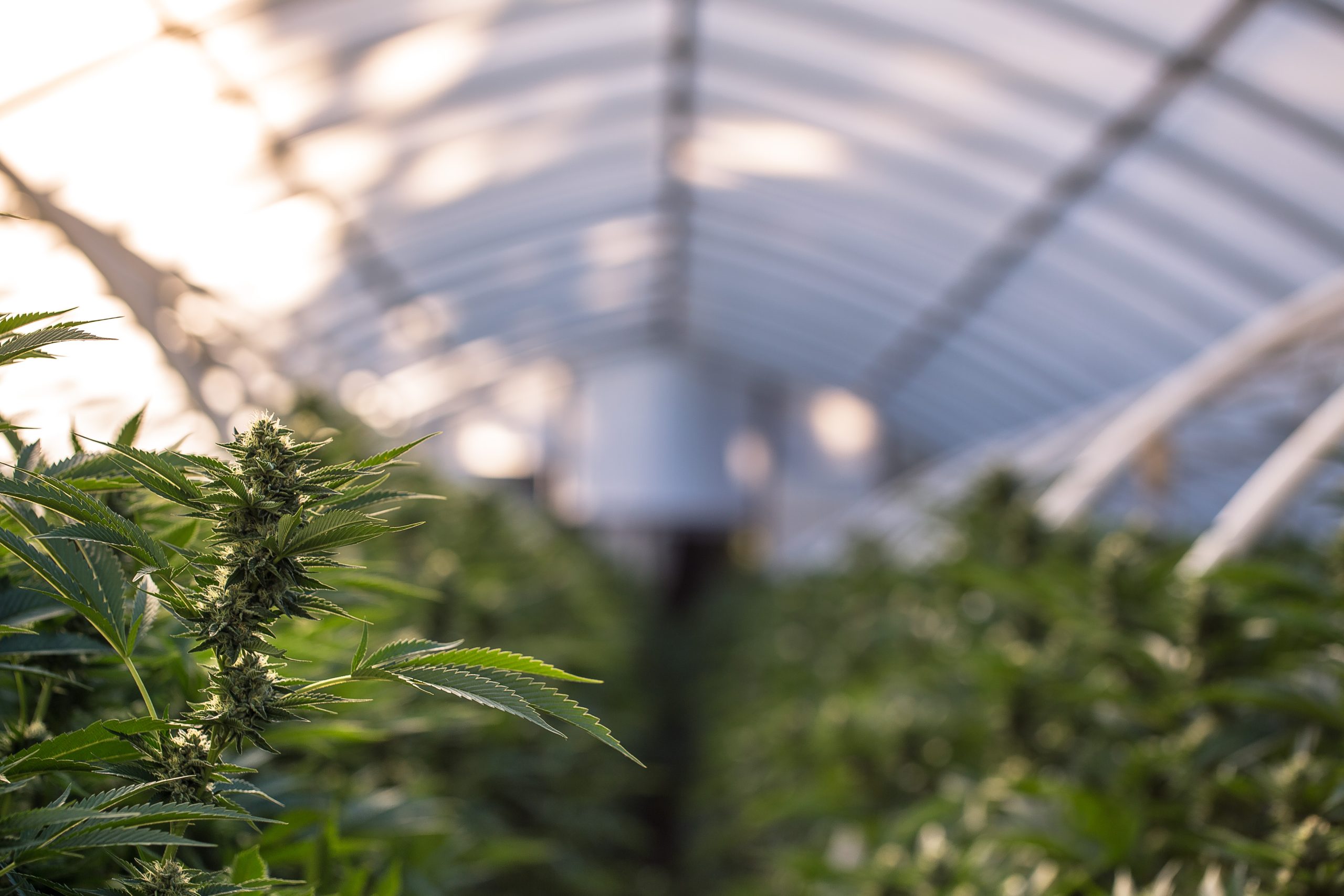
A decade’s worth of data are in, and the promises of marijuana legalization are increasingly proving empty. From more marijuana-related hospitalizations to higher usage rates and an expansion of the illicit market, the effects of legalization have been detrimental to public health and safety, communities of color, and even the environment. Politicians who bought Big Marijuana’s line about big tax money have also been made to look foolish.
As highlighted in Smart Approaches to Marijuana’s new 2023 Impact Report, compiled over the past year, the data borne out in “pot-legal states” paints a vastly different picture than what is often conveyed by the media and supporters of legalization.
First, today’s marijuana is not the same drug that was used a generation ago. Marijuana flower, the type used in joints, averaged 3.75 percent THC in 1995. Industrialization has made it now more than four times as strong. Concentrates, such as vapes, which didn’t even exist a decade ago, are commonly engineered to be above 90 percent THC. The marijuana industry, which has spent billions lobbying elected officials and bankrolling legalization referendum campaigns, has genetically engineered its products to provide users with a higher “high,” for higher profits.
As a result, more people are using marijuana and they are using it more heavily. In 2021, 52.5 million Americans over the age of 12 used marijuana at least once in the past year, more than doubled from two decades ago. There were 13.2 million daily users of THC products in 2021, compared with 5.4 million in 2012 and 3.1 million in 2002.
SUBSCRIBE NOW FROM JUST $1 PER MONTH >
Today, more Americans are using THC daily than drinking alcohol daily. In 2021, 25.3 percent of THC users were daily users, a higher percentage of frequency than for cocaine, crack, heroin, and meth.
The industry’s contention that THC is non-addictive is a lie. Marijuana use disorder for 12-to-17-year-olds is up 145 percent since 2018.
The trend of rising usage rates extends to young adults and youth, who are most vulnerable to marijuana’s long-term health effects. The National Institute on Drug Abuse warned that “past-year, past-month, and daily marijuana use (use on 20 or more occasions in the past 30 days) reached the highest levels ever recorded” among those aged 19 to 30.
As usage rates have increased, the adverse effects of use have increased, too. In 2021, there were 804,285 marijuana-related emergency department visits, up more than 75 percent from 2011, the year before Colorado became the first state to legalize. Similarly, a study found marijuana users were 22 percent more likely to be hospitalized for any reason than non-users. There was also a 1,375 percent increase in at-home marijuana exposures involving children younger than 12.
After decades of fighting drunk driving, we are seeing more traffic fatalities caused by drivers under the influence of marijuana. In Michigan, the proportion of fatal crashes that involved marijuana has more than tripled, accounting for nearly 1 in 4 accidents where the driver was tested.
Some voted for legalization on the assumption that the legal marijuana industry would displace the illicit market. That hasn’t happened either. The Oregon-Idaho HIDTA, a federal law enforcement task force, seized 1.3 million illegal marijuana plants in 2021, compared with just under 77,000 in 2020 and about 5,000 in 2018. In California, it was estimated that 70 to 80 percent of the marijuana sold in legal dispensaries was grown illegally. An illegal pot shop was recently discovered across the street from New York’s city hall.
Drug cartels have moved into “pot-legal” states, often setting up shop in hidden or remote areas where law enforcement is less able to detect them. Officials estimate that 70 percent of illegal marijuana in California is grown on public lands.
Indoor marijuana grows have been estimated to be nearly four times as energy intensive as coal and oil production, requiring large amounts of electricity to power lights that simulate the sun.
The legalization of marijuana has changed countless Americans’ way of life. As they walk around their neighborhood and go to the grocery store, they’re unable to avoid the smell of marijuana. They’ve grown accustomed to the tragic stories of marijuana-involved traffic fatalities in their communities. Many have loved ones who are addicted to marijuana. The empty promises and tragic consequences of the industry have become clearer every year.
It is time for a new approach that focuses on prevention, awareness, and treatment—not on addiction for profit.
Dr. Kevin Sabet is a former senior drug policy advisor to the Obama administration and currently serves as president of Smart Approaches to Marijuana. His latest book, Smokescreen: What the Marijuana Industry Doesn’t Want You to Know is available everywhere books are sold.
